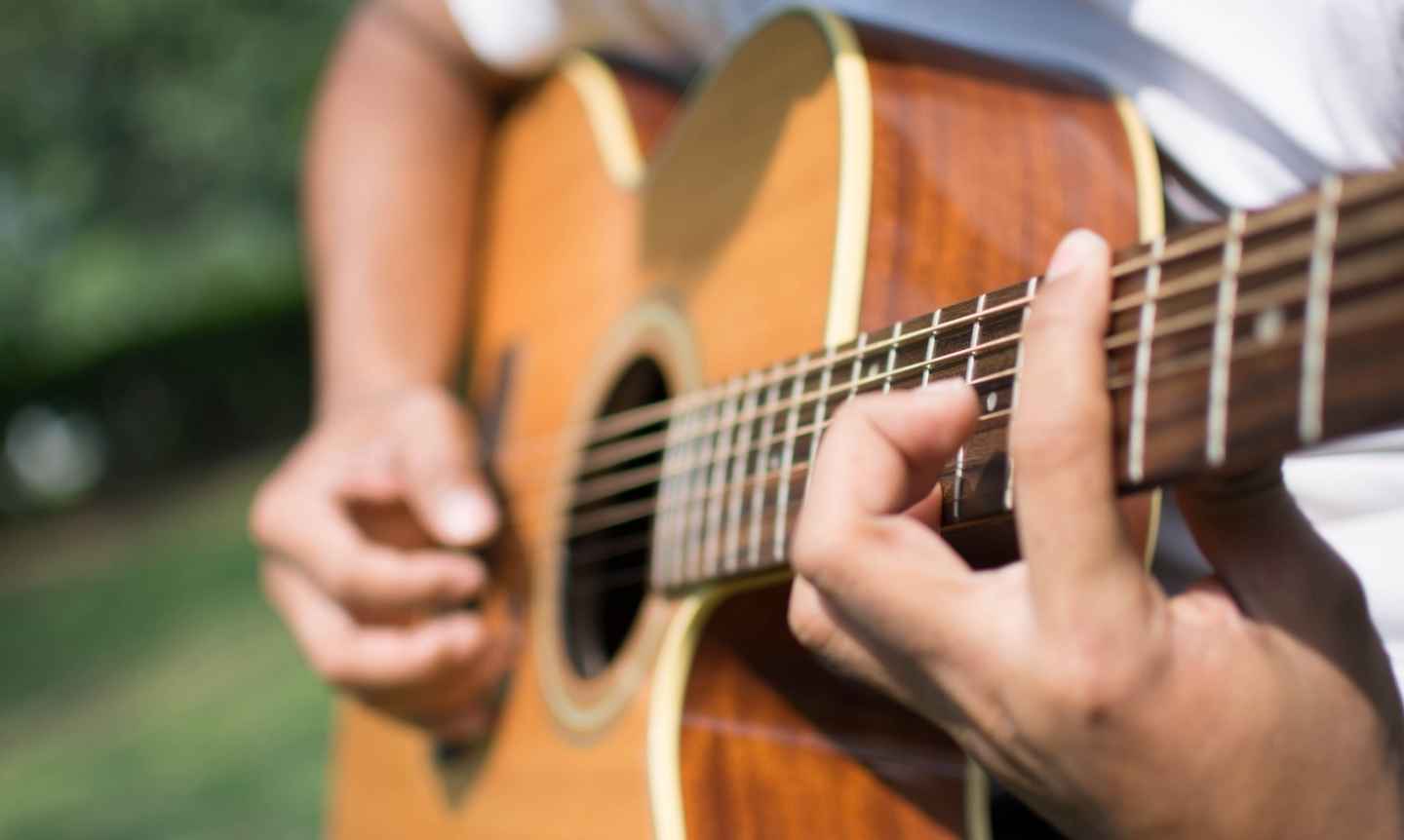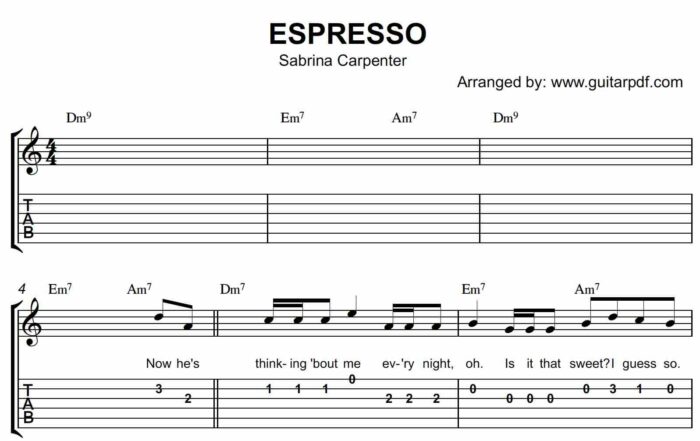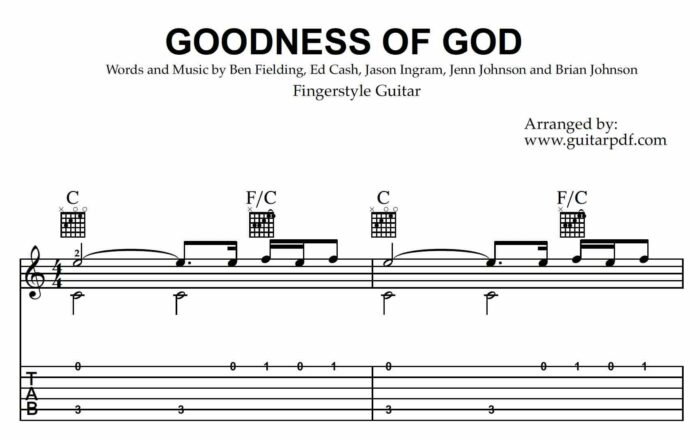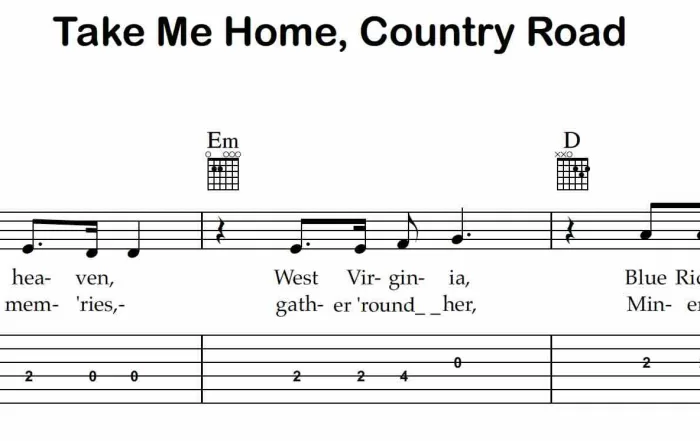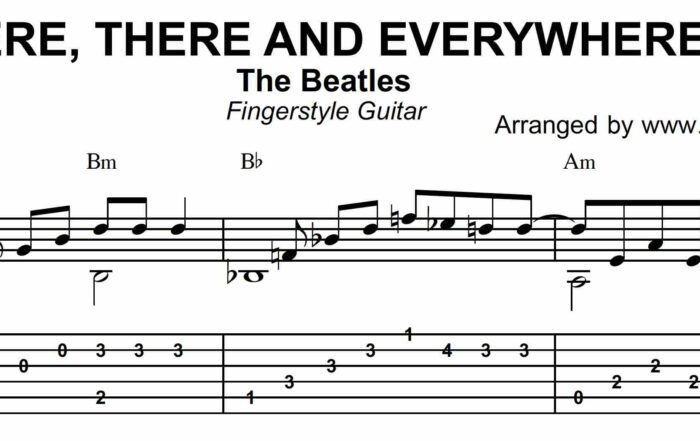Getting Started with Fingerstyle Guitar: A Beginner’s Guide
What is Fingerstyle Guitar?
Fingerstyle guitar is a method of playing where your fingers pluck the strings directly, rather than using a pick (plectrum). This style allows you to play multiple parts simultaneously—bass lines, melody, and chords—making it ideal for solo performances.
Famous fingerstyle players include guitar legends like Chet Atkins, Tommy Emmanuel, Sungha Jung, and James Taylor. But don’t be intimidated—this is an approachable style that you can learn step by step.
Why Learn Fingerstyle Guitar?
If you’re new to fingerstyle, you might wonder what makes it so special. Here are a few reasons why learning fingerstyle guitar is worth the effort:
- Versatility: Fingerstyle allows you to play different musical roles at once, combining melody, harmony, and rhythm.
- Expressiveness: With direct control over each string, you have the ability to create a wide range of dynamics and textures in your music.
- Adaptability: Fingerstyle works in a variety of genres, from classical and folk to pop and jazz.
- Self-Sufficiency: Because you can play multiple parts simultaneously, fingerstyle guitar can easily be played as a solo instrument.
Fingerstyle Basics: Hand Position and Posture
Before diving into specific techniques, it’s important to set yourself up for success by mastering the basics of hand positioning and posture.
1. Seating and Posture
Your seating position matters a lot when playing fingerstyle guitar. Here are some key tips:
- Sit upright: Avoid slouching to prevent strain on your back and hands.
- Hold the guitar at an angle: The guitar should rest comfortably on your thigh, with the body angled slightly upward.
- Keep your right arm relaxed: Your picking hand (typically the right hand) should rest over the soundhole. Allow your arm to drape over the body of the guitar, keeping your hand steady but not tense.
2. Left Hand Position (Fretting Hand)
Your left hand is responsible for fretting the notes, and here’s how to position it:
- Fingers curved: Keep your fingers curved and your fingertips pressing down on the strings.
- Thumb placement: Your thumb should rest behind the neck of the guitar, giving your fingers the freedom to move across the fretboard.
3. Right Hand Position (Plucking Hand)
The right hand does the fingerpicking. Here’s how to position it:
- Anchor your thumb: The thumb should handle the bass notes (usually the 6th, 5th, and 4th strings).
- Free your fingers: The index, middle, and ring fingers should be assigned to the 3rd, 2nd, and 1st strings, respectively.
- Relaxation is key: Keep your hand relaxed. Tension can limit your ability to play fluidly.
Getting Comfortable with Fingerpicking: Basic Patterns
Now that your hand positioning is correct, it’s time to explore some basic fingerpicking patterns. These are foundational techniques that will help you get used to fingerstyle playing.
1. Thumb-Index-Middle Pattern (P-I-M)
One of the most basic patterns is the Thumb-Index-Middle pattern, which uses your thumb (P), index (I), and middle (M) fingers.
- Thumb (P): Pluck the 6th string.
- Index (I): Pluck the 3rd string.
- Middle (M): Pluck the 2nd string.
This simple exercise helps you get comfortable moving between strings and using multiple fingers.
2. Travis Picking (Alternating Thumb)
Travis picking is a fundamental fingerstyle technique used in folk and country music. It involves an alternating bass pattern played by the thumb while the fingers pluck the higher strings.
- Thumb: Play alternating bass notes on the 6th and 4th strings.
- Index: Pluck the 3rd string.
- Middle: Pluck the 2nd string.
To practice this, choose a simple chord like G major or C major and play the thumb bass notes on alternating strings while adding in the fingerpicking pattern.
3. Arpeggio Pattern (P-I-M-A)
Arpeggios are another common fingerstyle technique. They involve playing the notes of a chord one at a time rather than strumming them all together.
- Thumb (P): Pluck the 6th string.
- Index (I): Pluck the 4th string.
- Middle (M): Pluck the 3rd string.
- Ring (A): Pluck the 2nd string.
Try this pattern with a simple chord progression to familiarize yourself with using more fingers at once.
Beginner Fingerstyle Guitar Exercises
Practicing basic exercises will help you develop muscle memory, improve your coordination, and build the independence needed for fingerstyle guitar. Here are a few exercises to get started:
1. Thumb Independence Exercise
Start by playing a steady bass line with your thumb while keeping your other fingers relaxed. For example, alternate between the 6th and 4th strings in a 4/4 rhythm. Once you feel comfortable, add in plucking notes with your index and middle fingers.
2. Simple Song Practice: “House of the Rising Sun”
This traditional folk song is a perfect beginner piece because it uses arpeggios and straightforward chord progressions. Practice fingerpicking the chords one note at a time while keeping a steady rhythm.
3. Alternating Bass Practice: C and G Chords
Switching between C major and G major while playing an alternating bass line with your thumb is a great way to practice coordination between your thumb and fingers. Try playing the bass notes first, then add in higher string plucking for a full fingerstyle sound.
Common Mistakes to Avoid in Fingerstyle Guitar
As with any skill, it’s easy to fall into bad habits when learning fingerstyle guitar. Here are some common mistakes and how to avoid them:
1. Tension in the Hands
One of the most common issues for beginners is playing with too much tension in the hands. This limits your flexibility and can lead to fatigue or even injury. Focus on staying relaxed as you play.
2. Overlooking Thumb Independence
The thumb is responsible for the bassline in fingerstyle guitar, and many beginners struggle with developing thumb independence. Practice simple bass line exercises to strengthen your thumb’s ability to move separately from the fingers.
3. Skipping Slow Practice
Rushing through exercises may seem like progress, but it often leads to sloppy technique. Practice everything slowly at first, ensuring that you are playing each note clearly and cleanly.
Beginner Fingerstyle Song Recommendations
Once you’ve got the basics down, it’s time to start learning songs. Here are some simple fingerstyle guitar songs perfect for beginners:
- “Blackbird” by The Beatles
-
- This iconic song features a simple yet beautiful fingerpicking pattern.
- “Dust in the Wind” by Kansas
-
- A classic song with a straightforward arpeggio pattern.
- “Landslide” by Fleetwood Mac
-
- A great song to practice fingerpicking with open chords.
- “What Was I Made For” by Billie Eilish (Fingerstyle Arrangement)
-
- This song can be adapted into a beautiful fingerstyle arrangement that includes melody, harmony, and bass.
Building Your Fingerstyle Guitar Routine
To master fingerstyle guitar, consistency is key. Here’s a sample practice routine for beginners:
- 5 minutes: Warm-up with simple fingerpicking exercises (e.g., Thumb-Index-Middle pattern).
- 10 minutes: Work on thumb independence exercises.
- 15 minutes: Practice a simple fingerstyle song or exercise (e.g., “House of the Rising Sun”).
- 5 minutes: Cool down by playing through easy arpeggios or chord changes slowly.
Conclusion
Learning fingerstyle guitar takes patience and dedication, but the rewards are well worth the effort. By mastering proper hand positioning, basic fingerpicking patterns, and simple exercises, you’ll lay a solid foundation for future growth.
Start slow, stay consistent, and remember to enjoy the process. The world of fingerstyle guitar is vast and full of beautiful music waiting to be played. Happy picking!

